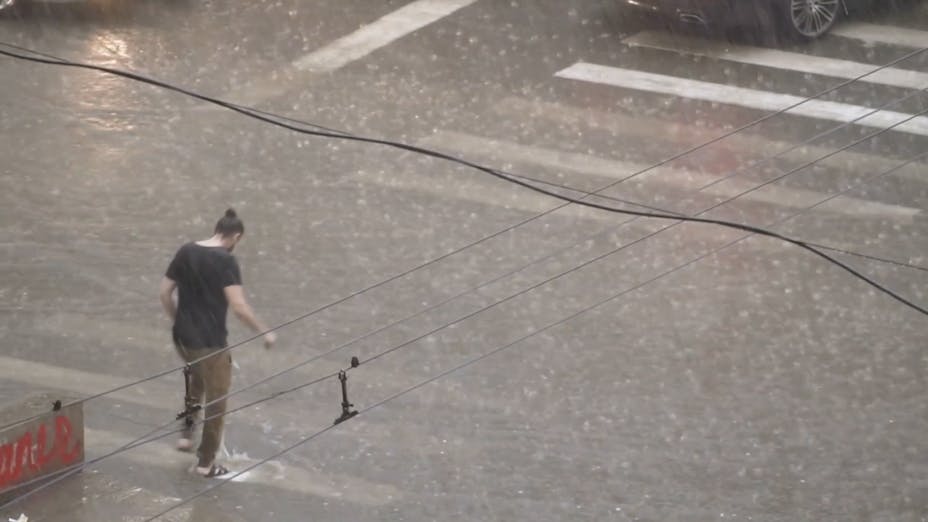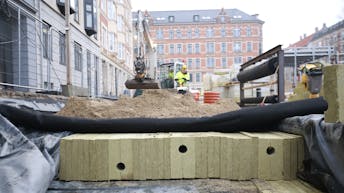Copenhagen's cloudburst management plan
Take my city, Copenhagen. Not long ago we realised we had a problem with too much water – due partly to rising sea levels and partly to increasing frequency of severe rainstorms or “cloudbursts”. We realised quite early in the process that to deal with this, to handle an increase in amount and intensity of rainfall, the solution would not be to expand our existing sewer system. It would be too expensive and too disruptive - a challenge that many other cities share.
Instead, we developed a cloudburst management plan based on surface solutions where we could utilise the existing infrastructure of the city to efficiently transport and retain the water thereby keeping it from overflowing our sewers. The idea was to lead water using the streets as pathways for the water inside the city. The water would be transported to squares and green spaces, where it could be retained and eventually absorbed.
To improve the system further, we planned to disconnect the roofs in the city from the sewer system, connecting them instead to the cloudburst management system. This would keep even more storm water out of the sewers, further reducing the risk of sewer overflowing into the harbour or streets. This saves homes and business along with saving the city millions in potential damages.
When legislation gets in the way
Why don’t we just go ahead with this plan? Because in many cities, legislation represents the same problem as the sewer system; designed for the past, not the future. In this example, the utility company would need to disconnect approximately 30-50% of roofs from the sewers. Unfortunately, this disconnection must be done on the owners’ property and due to current legislation, the utility company is not allowed to pay for measures implemented on private land. The alternative, forcing the owners to pay for the disconnection, is neither fair nor viable. This leads to a gridlock between legislation and the greater good.
Preparing for the future
All over the world, cities are struggling to find new ways to cope with the challenges that climate change presents and as cities evolve, so must the legislation. This way we can take the necessary measures to ensure the safety and wellbeing of our citizens.
The morale of this story is very clear: We need to work together, citizens, city leaders, and regional and national lawmakers. Because we cannot continue with business as usual. That is why for me the SDG number 17 about partnerships is the most important. We need strong partnerships; we need new partnerships and we need partnerships that are willing to change the way things have been done in the past. Even if it is complicated!



